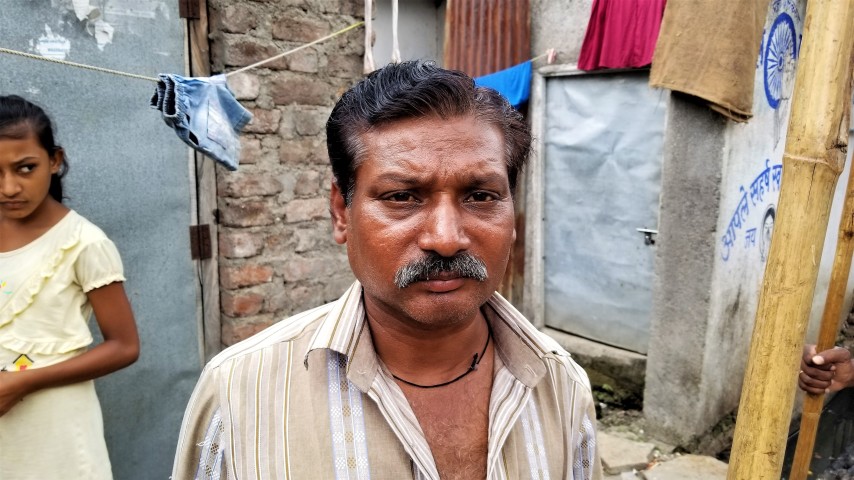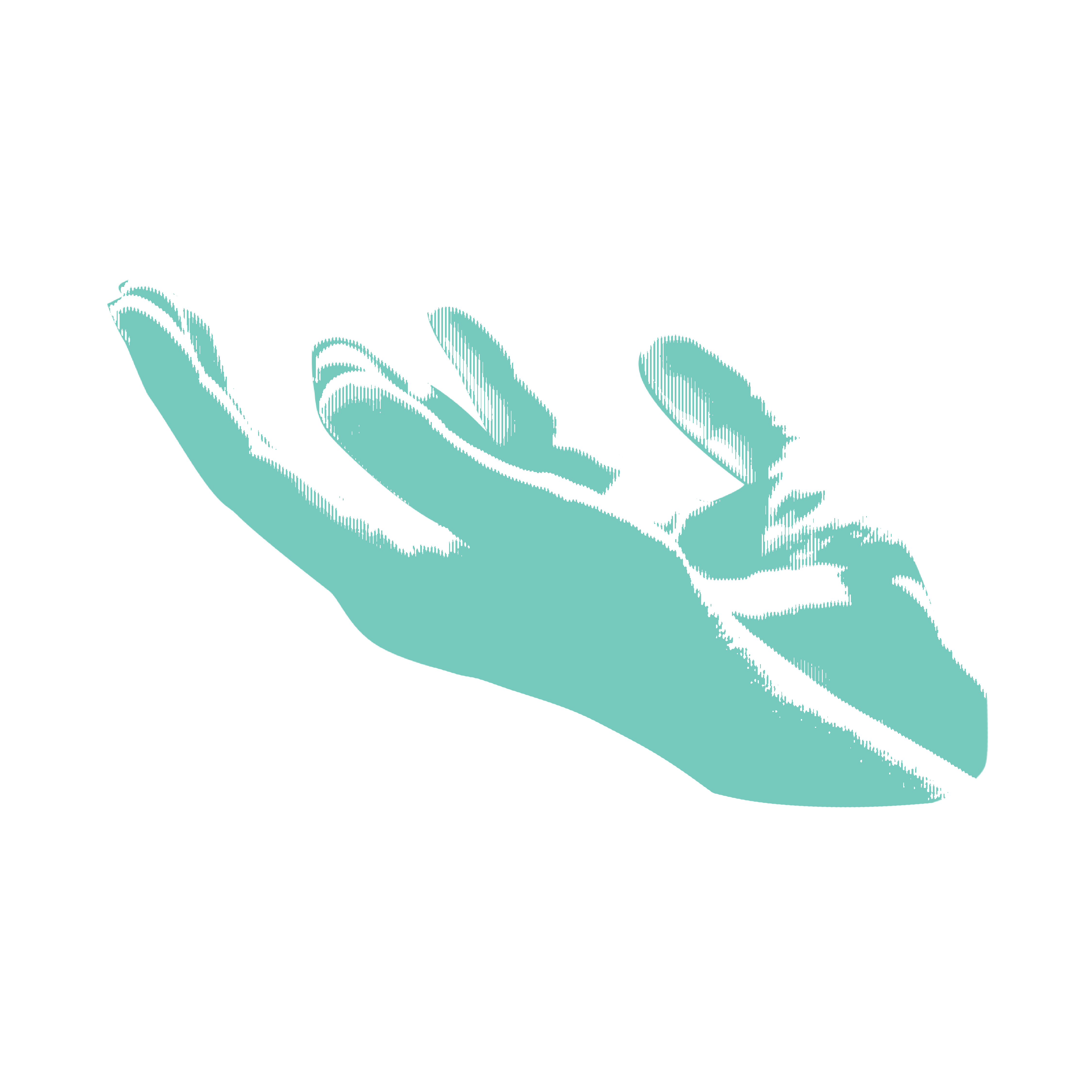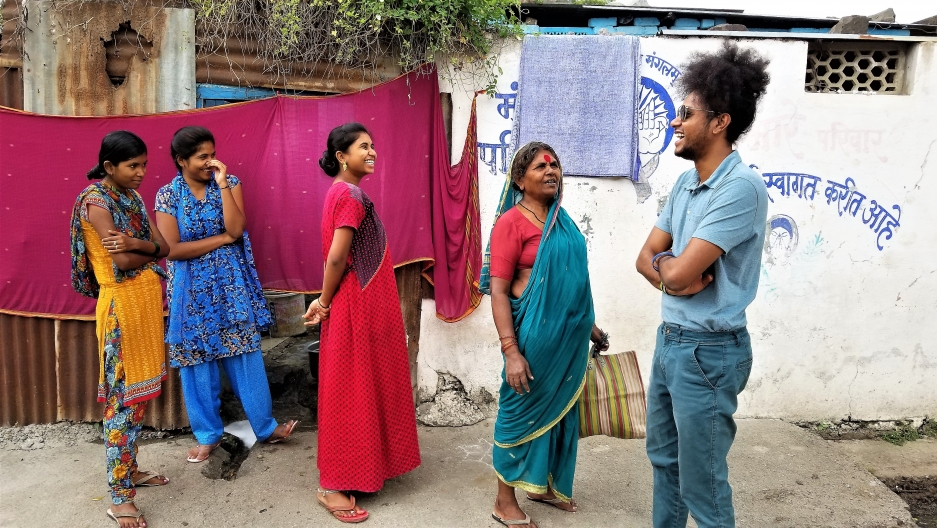
This article is part one of the "Caste in America" series. A previous version of this story ran on the WGBH News website.
Like many migrants to America from India, Suraj Yengde is well-educated. At 30, he has a doctorate and a masters of law. Since 2016, he has done graduate and post-graduate research at Harvard University.
But the socio-economic background of the scholar-activist differs greatly from that of most Indian immigrants, one of the best educated groups of immigrants in the country. He is from a small city, at least by Indian standards, where his father worked a series of menial jobs. Yengde was born into a family of "Untouchables," now more commonly known as Dalits. Most Indian immigrants are from upper castes.
The caste system is the Hindu social and religious hierarchy, created a few thousand years ago. Traditionally, a person's caste is determined at birth and channels them into that caste's occupation. At the top are Brahmins, priests and religious scholars. At the bottom are Dalits, who are technically outside the caste system and do the dirtiest jobs — cleaning sewers, taking away dead animals, tanning leather and other tasks considered to pollute a person in Hinduism. Of India's 1.4 billion people, about 200 million are Dalits.
Yengde's remarkable life trajectory illustrates the immense obstacles that Dalits face in India, and how he overcame those hurdles and arrived in the United States. Yengde, other Dalit activists and respondents to a 2018 survey say that—when surrounded by others of Indian descent—caste bias follows them to what many have long regarded the land of the free.
Yengde, now a fellow at the Shorenstein Center at Harvard's Kennedy School of Government, grew up in Nanded, in the western state of Maharashtra, on whose coast Mumbai (formerly Bombay) is located. Nanded, far inland, has a population of 550,000. Mumbai's is 21 million. I traveled with Yengde back to his hometown last year to explore the stigmatizing effects of India's caste system that immigrants have imported to the United States.
Yengde's hometown
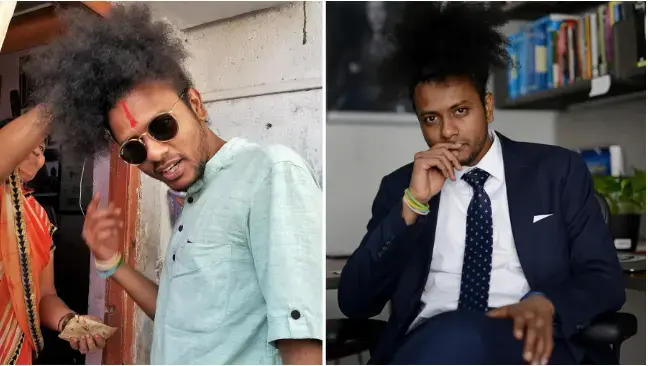
His family and friends greet Yengde, who has long, bushy and flowing hair that resembles an Afro, outside the airport terminal with bouquets of flowers and effusive smiles — fitting for a Dalit, they tell me, who has accomplished what many here call the near impossible.
Yengde did not just leave Nanded to study, which few do. He left to become a lawyer and earn a doctorate in the tradition of the Dalit hero B.R. Ambedkar, and to do research at Harvard, no less. More importantly, says one of his friends, “He came back.” Yengde returns often to the city of his birth.
The local time is 8:30 a.m., and the metropolis is very much alive. Nanded feels like a spread-out village of small roadside shops and alleyways filled with shanties and brimming with color — the orange and red turbans of Sikhs, the black and gray chadors of Muslims, the cherry robes of Buddhists and the crimson and gold saris of Hindus.
Beneath the richly-hued garments are individuals whose places and fates in society, in large part, have already been determined — even for those who have converted from Hinduism to another religion.
Standing outside his mother’s one-room shanty in the section of Nanded called Ambedkar Nager, Yengde greets several dozen young cousins, lifelong friends and strangers. Like him, most are Dalits.
“This is my house,” Yengde says. “This was our house for a good 20 years. We had a bed here," he says pointing to a corner of a room the size of a tiny garage. "When it rained, I saw my mom trying to put three buckets in different locations so the water drops don’t fall on us. And that was shocking. I was like my entire life I slept like this without realizing that mom and dad were dancing the whole night so that the waters don't fall on us, and we might get distracted from our sleep in order to go to school the next day.”
Yengde did not go to just any school. His parents enrolled him in a Christian school in Nanded, where caste mattered, but far less than it did in government institutions. His grades served as the gateway to higher education at the University of Mumbai, where he benefited from India's system of affirmative action in admissions for Dalits and other lower castes.
"I'm a proud beneficiary of reservations," Yengde says, referring to the Indian term for constitutionally-authorized quotas.
After a brief stay in Mumbai, Yengde received a scholarship to continue his education in England, where he received a master's of law degree from Birmingham City University in 2012. He earned his doctorate at the University of Witwatersrand in South Africa. He came to Harvard in 2016 to finish his dissertation.
“Now if you don't go [abroad], what happens once the student graduates from his 12th grade? Look around," Yendge says. "When the guys who I grew up with — they knew I was here, they all came up to talk to me, and I could see they are doing exactly like what my father was doing and they have very limited future options.”
African American authors Michelle Alexander and Isabel Wilkerson have compared casteism to America's Jim Crow laws, the system of strict segregation that once reigned in the American South. But caste is far more ancient — about 3,000 years old — and was enshrined in a religion from the start. In contrast, American supporters of slavery interpreted biblical texts to justify racism and slavery.
Under India's 1950 constitution, caste discrimination is illegal. But Dalits in many towns and villages in India and Nepal are expected to drink from separate water holes and fountains, to eat at separate lunch and dinner tables away from upper caste Indians and are usually buried in separate graveyards, for fear they will pollute the air. They also live in separate, deeply-segregated neighborhoods, like one in Nanded.
A slum in Nanded
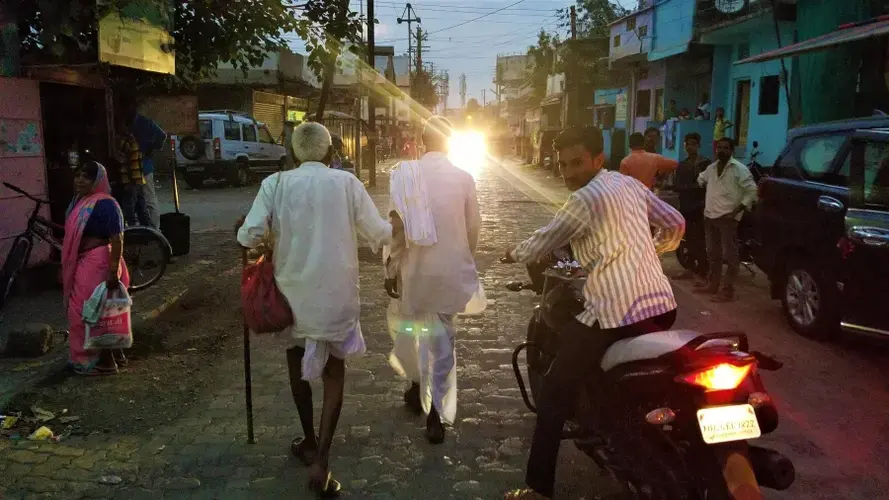
Walking with local leaders through a neighborhood lined with corrugated tin roofed houses, barely standing up side by side, curious residents pour out of darkened alleyways to see what's going on. Dozens of attentive young men, identified as activists, students and local tough guys follow closely behind Yengde and Rahul Pradhan, the leader of the local chapter of the Young Panthers. All desperately want the same thing, Pradhan says through a translator: “basic services to improve the wretched conditions here.”
Open electric wires cross over clothes lines like pretzels, sparking when two touch. White, thin plastic tubing runs parallel on the surface of foul-smelling sewers clogged with human waste, paper and discarded bits of everything. This plastic tubing supplies the only drinking water for the 20,000 or so Dalits squeezed into a ghetto the size of a baseball park. Yengde points to the sewer.
“Because people don’t have any other place to dump. So plastics, food waste all go into this. These are the people who clean it,” Yengde says. “So traditionally the people who clean the sewers and the toilets are only Dalits.”
It’s expected of him, says Namdeo Pawar. Pawar says he wants his children, or at least his grandchildren, to go to the United States to pursue an education and perhaps escape what he called “the prison of caste.”
Yengde says that is what he and many other educated Dalits are fighting for.
“Caste is primarily an occupation-based system. You are given the position in the job hierarchy," he says. "So the filthiest or the lowest-considered jobs were given to the 'Untouchable' population, and their ancestors and their ancestors and on and on, have been doing the same job — cleaning the human filth with their bare hands.”
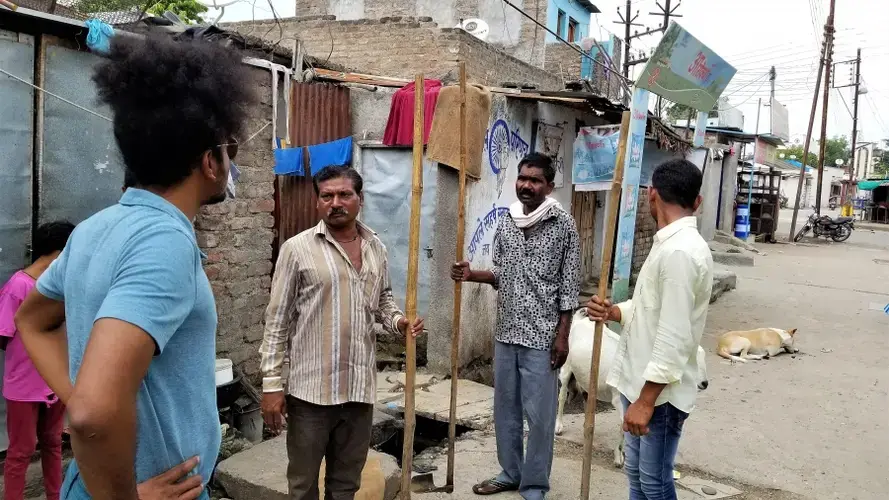
Demonstrating in the streets
But Dalits are pushing back. In Nanded and across India, former “Untouchables” are protesting the deaths of hundreds of workers who have perished while cleaning sewers — often from breathing in methane and slipping and falling in the dark.
Dalits simultaneously exercise political power in India due to their large numbers, but also suffer under the weight of a national government that many argue has instigated caste violence with its embrace of Hindu nationalism — despite the secular nature of India's constitution.
Dalits have also demonstrated against sexual violence against Dalit women by upper caste men and an uptick in lynchings in recent years. A recent New York Times article described an incident in which a Dalit man who balked at caste discrimination was literally scalped. Yengde says that could have been him. Even a guy with a Harvard pedigree is still on the lowest rung.
“It crushes the heart, but even today I'm still an 'Untouchable,'" Yengde says. "You have to understand that. Being at Harvard or being at the Kennedy School or being anywhere in the world, my primary identity for some reason is not going away.”
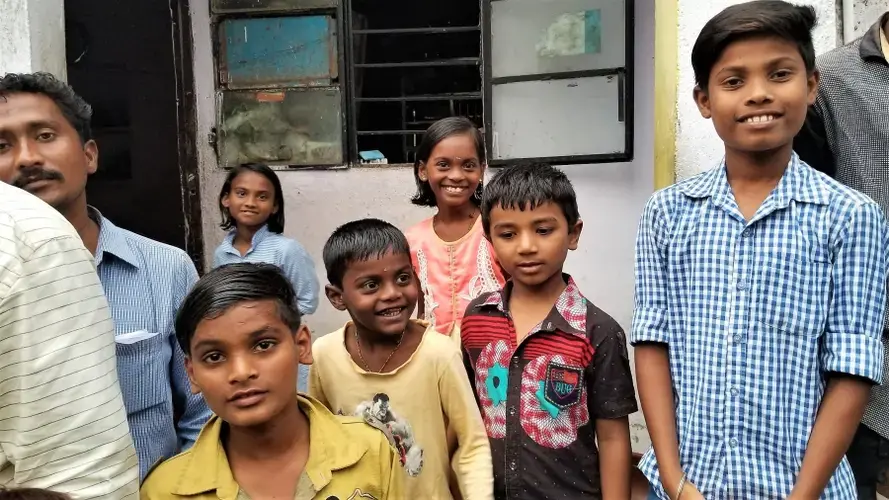
At Yengde’s mother’s house, his doctorate, master's of law and bachelor's degrees hang on the damp wall, alongside photos of his deceased father and B.R. Ambedkar. Ambedkar, like Yengde, studied in the United Kingdom and the US. He led the drafting of the Indian Constitution, and, as part of that process, he created one of the world’s oldest affirmative action programs, which today sets aside 15 percent of government jobs and university placements for Dalits.
Yendge says if not for a reserved seat at the University of Mumbai, he would not be where he is today. But the reservation policy, as it's called, has also become a catalyst for much violence and a consistent flashpoint for upper caste resentment of educated Dalits like Yengde.
On his second day back in the city, several hundred people turn out to hear Yengde speak at Nanded University. From the stage, shared with local civil servants, he advises students on ways to try to escape what Pawar, the sewer cleaner, called “the prison of caste.” Yengde says for Dalits, education is key, and he explains how some might go on to school in the US, the UK, Canada and Australia.
He advises them to improve their English, make exemplary grades and take advantage of India’s affirmative action program. Invoking Ambedkar, he also tells the audience to take pride in their ancestry and Dalit names. Names explain everything in Indian society and can denote one’s caste.
But one student at the gathering admits to Yengde that his family has done what many others have: masked their identity. Like tens of millions of Dalits, his family converted to Buddhism as Ambedkar did and encouraged others to do so. But the student's family also changed a tell-tale sign of caste status.
“My father changed our surname because of caste discrimination in India, because people can identify your surname,” the student says, but adds that he still faces discrimination.
Another young man raises his hand to ask a question. If he makes it to America, will his caste follow? Yes, Yengde replies, “like a shadow.”
Follow the "Caste in America" series.
![Nkanu West, Enugu. Image by canonim [CC BY 2.0]. Nigeria, 2014. Nkanu West, Enugu. Image by canonim [CC BY 2.0]. Nigeria, 2014.](/sites/default/files/05-30-19/2880px-nkanu_west_enugu.jpg)
Education Resource
Meet the Journalist: Adaobi Tricia Nwaubani
Despite the abolition of the slave trade around the world in the 19th century, descendants of freed...


